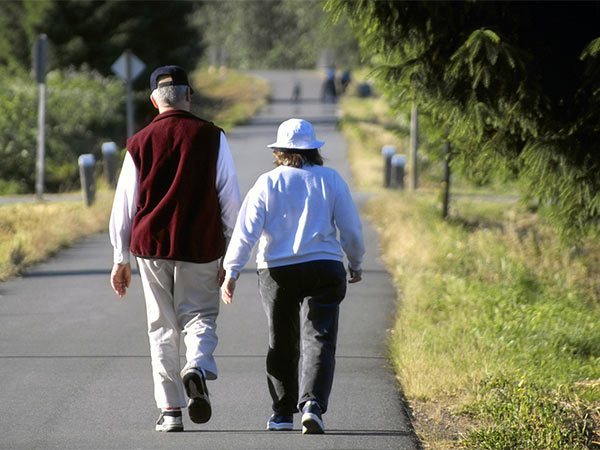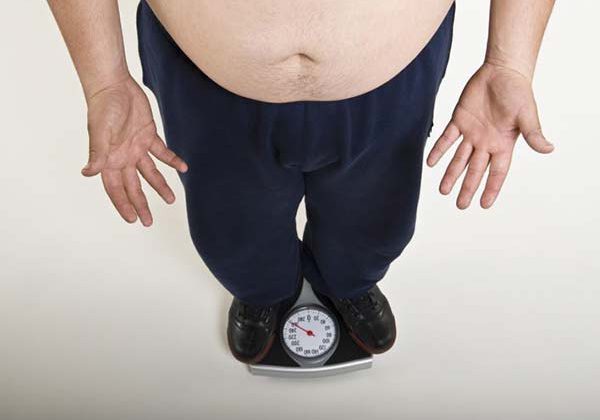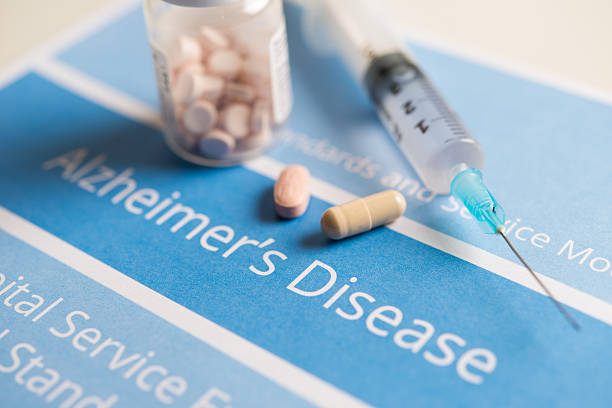Elderly people should aim to keep up step count this winter
Just two weeks of inactivity increases body fat and harms muscles and bones
As the temperature continues to drop this winter, it is harder to find the motivation to get off the couch and out for a walk. New research from the University of Liverpool, presented at The Physiological Society’s early career conference Future Physiology 2019 shows that after just two weeks of reduced physical activity (around 1500 steps per day),older adults lose significant amounts of muscle which coincides with substantial gains in body fat percentage, especially around the waist.
Importantly, the gains in fat within the muscle tissue reduces its quality, leading to significant losses in the muscle strength. The inactivity period also decreased bone mineral density by increasing how much of the bone is reabsorbed by the body.
Most research on physical inactivity looks at extreme forms, such as space flight,bed rest or immobilisation, which isn’t relevant to most healthy people. This study is unique in that it looked at only two weeks of a low step-count of 1500 per day in both young and older adults, which might happen to people who spend an increased amount of time within their time at home which could be due to illness, adverse weather or even just over the festive period.
Before the two-week period of inactivity, both groups (26 younger participants and 21 older) were doing the same amount of physical activity; over a four-day period used as a metric, each participant was doing over 10,000 steps per day but did not partake in vigorous exercise.
The study was looking at whether the health of older adults was more affected by the period of inactivity, which is important given we all lose muscle mass, strength and bone during ageing. These changes lead to a reduced ability to perform daily activities and can lead to chronic health conditions. This is especially relevant as we are now living for longer,while the time spent in good health has not increased to the same extent.
Although the findings showed that muscle size, muscle strength and bone mass equally reduced in the young and old groups after two weeks with both groups gaining similar amounts of fat in their muscles and around their waist, the older adults had less muscle and more fat to start with. Therefore, these changes are likely to have more of a detrimental impact within the ageing population compared with younger adults.
Furthermore, there were two critical physiological measures that substantially declined in the older group but not the young: cardiorespiratory fitness (CRF) and mitochondrial function. CRF refers to the efficiency with which oxygen is supplied to muscles during sustained physical activity,and it is influenced by cardiovascular and respiratory health. Low CRF is usually found in those with poor physical health, with these individuals being more likely to develop diseases at a younger age. Mitochondrial function, the energy production of our cells,is important for muscle and metabolic health. The results suggest that these declines in CRF and mitochondrial function could play an important role in the loss of muscle mass and strength and gains in muscle and body fat during physical inactivity.
Juliette Norman, one of the authors of the research said:
“The severe impact of short-term inactivity on our health is hugely important to communicate to people. If the gym is hard to get to, people should be encouraged to just meet 10,000 steps as even this can guard against reductions in muscle and bone health, as well as maintaining healthy levels of body fat.”
Source: Physiological Society, The
Full bibliographic information
Are older adults at greater risk of the adverse musculoskeletal consequences of physical inactivity? J.A. Norman, V.S. Sprung, K.A. Bowden-Davies, A. Thompson, G. Kemp and D. Cuthbertson. Future Physiology 2019.





